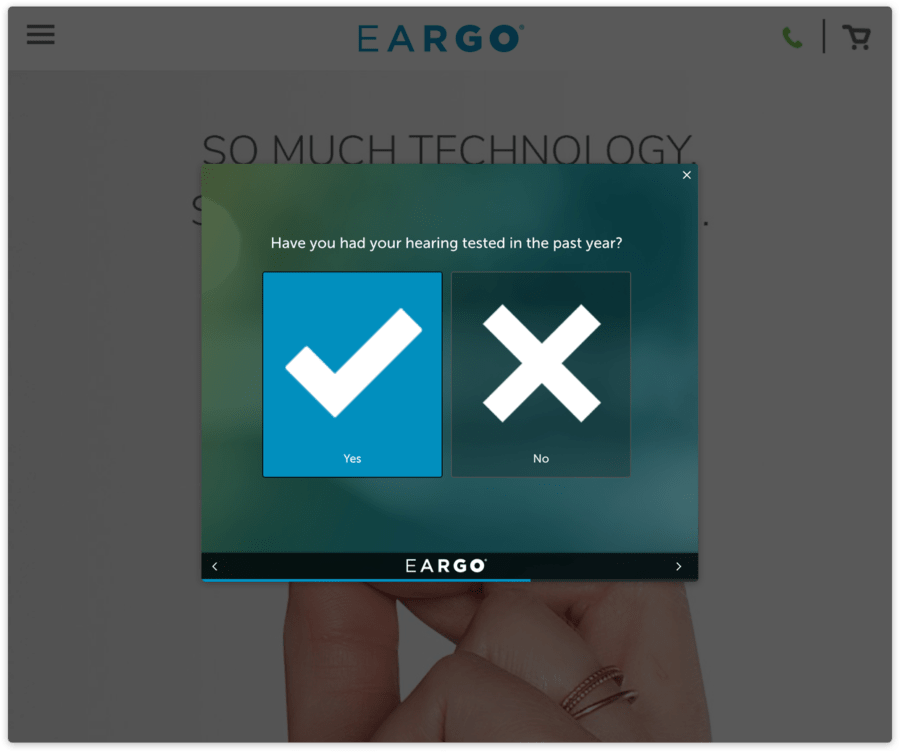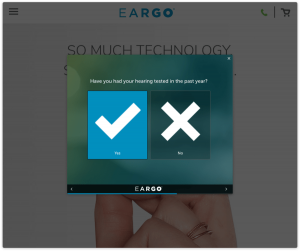It’s easier than ever to get customers these days – ask your local plumber or computer repair company, and they’ll tell you all about it. But one thing they won’t be able to tell you is how to keep them around once they’ve signed on the dotted line. And that’s because there are no one-size-fits-all methods for customer retention, but certain methods will work better than others.
The importance of building customer relationships
Make your customers feel special, and they’ll stick around.
There’s a reason marketers recommend focusing on customer retention over customer acquisition: once you’ve got a loyal following, they’re going to spread good things about your company through word of mouth, which will help attract new people.
Make sure to spend as much time nurturing customers as you do acquiring them – the right relationships are more valuable than ever these days, so don’t be afraid to put some effort into keeping current ones healthy and happy. Remember that when dealing with clients, businesses are still individuals who have a face. People appreciate pleasant interactions and look for ways to make their experience better.
This can also lead to higher profits down the road by building brand loyalty via friendliness (like smiling) versus being strictly professional (such as being too firm). Resulting in happy customers.
Customer relationships can be difficult to maintain, but you can use several simple techniques to strengthen your customer-business relationship. Whether you’re working to maintain strong customer relationships or trying to attract new ones, here are six ways that your company can build stronger relationships with customers.
1. Ask questions
Before you can build stronger relationships, you have to know your customers personally. To better understand who they are and what they value, ask them questions. They’ll appreciate that you take an interest in them, and it’ll help make your conversations more meaningful in general.
For example, instead of just asking for their name when someone walks into your store or business, ask how their day is going or how their family is doing. Although you may be focused on selling products and services, people want to feel like they matter – so it pays to acknowledge them as individuals rather than just as revenue sources.
In addition to conversational questions, try writing down some survey-style questions, too. You might even keep a journal where you write down your thoughts about customers every time you interact with them; eventually, these thoughts could lead to interesting new ideas for building rapport and strengthening relationships further.
If having one-on-one discussions feels intimidating or awkward, there’s another option: partner up with someone else at your company (or anyone else within reach) who has good interpersonal skills. You two can act as liaisons between company executives and clients/customers. Just remember not to turn these partnerships into a gossip session!
2. Listen actively
When your customers talk, don’t just listen to what they’re saying. Instead, listen to how they’re saying it. For example, are their words coming out at you quickly and impatiently? Or are they being considerate and kind about your time? These cues will tell you a lot about how much respect (or lack thereof) your customers have for you, and they can help you determine whether or not you should continue providing services to them.
If you hear that your customer is frustrated because they think you aren’t listening, they might be right – listen more actively so that both of you get what you need.
A good customer service rep doesn’t give up after only one attempt; if someone doesn’t like something, then keep trying until they’re satisfied! Even if they aren’t asking questions. It’s your job to solve problems. A bad customer service rep gives up too easily and waits for someone else to solve the problem. They expect other people (i.e., upper management) to make all of their decisions for them instead of taking matters into their own hands.
3. Invest in your customer relationships
According to a study by Bain & Co, the most common reason why companies lose customers is that they don’t take care of them. That’s an important piece of information for entrepreneurs looking to build a lasting company. While marketing, sales, and public relations all play vital roles in building a successful business, it’s in customer service where things often fall apart.
After all, if your products and services are good but you treat customers poorly, you might not be around long enough to reap any benefits. Fortunately, there are lots of simple ways you can invest in your customer relationships – and each one will help make your business more sustainable in the long run.
- Respond quickly: When it comes to customer service and support – in any industry – time is money. A major survey by Zendesk found that 69 percent of consumers said that being unable to get a response was their biggest pet peeve when dealing with businesses. One solution: Have dedicated phone lines or email addresses that deliver a consistent level of service (i.e., 24/7), so customers know exactly when someone will respond.
- Have regular contact: It may seem overly simplistic, but many businesses overlook something as seemingly obvious as saying hello and thank you when communicating with customers on an ongoing basis, especially during busy periods like Christmas or back-to-school season.
4. Give customers a reason to talk about you
It’s no secret that companies that invest in quality customer service and solid relationships see a payoff. These companies don’t merely offer quality products or services; they offer outstanding experiences that make customers want to share their stories (and send more business your way). So instead of focusing on how you can sell more, turn it toward how you can get customers to tell other people about you.
The best way to do that is to focus on getting those existing customers feeling connected, cared for, and remembered. It will keep them coming back while inspiring others to join in. Many businesses end up having conversations with potential customers where they feel like something’s missing. But, unfortunately, there is not enough information to make an informed decision, or sometimes there isn’t enough relationship between company and person on the other end of the line.
For example, when does someone ask your company’s name? Or what industry you work in? You have room to improvize and create better answers before someone decides whether they trust what you say next. So rather than falling back on boring marketing speak, take a few minutes to think through interesting details that would resonate with your target audience.
5. Help others solve problems
A customer is only as good as their last experience, and not every customer will have a positive experience. Whether it’s an equipment breakdown, wrong delivery, or an inconvenient store location, problems can put your customers off for months – and then you’re at risk of losing them for good. The key to keeping your customers happy is staying in close contact with them and taking action when you notice issues (rather than waiting for them to become bigger problems).
You may want to keep some review system in place that lets you know immediately when something goes wrong – if someone leaves a negative review online, your team needs to reach out to that person right away and make sure they have what they need.
6. Take action
Start thinking about some of your recent or past interactions with customers. What makes a good relationship? How can you continue to build and strengthen relationships? Do you have any ideas for future steps? Whether via blogging, social media, live events, or a newsletter, stay in touch and make sure to communicate with your customer base.
The more you communicate and show them that they matter to you, no matter how big or small their purchase is, they’ll feel appreciated and want to keep doing business with you. Plus, it will help build your brand! Finally, don’t underestimate customer loyalty – treat them well, go above and beyond, and they might stick around.
I hope this article helps you understand important ways to build stronger relationships with customers. Share your thoughts in the comment section below.
Guest author: Syed Fahad Ahmed is a Digital Marketer and content producer at Appsocio who build innovative ideas and content to promote various products of the company in the market. He aims to extend his assistance in B2B and IT marketing through his engaging Blog.







